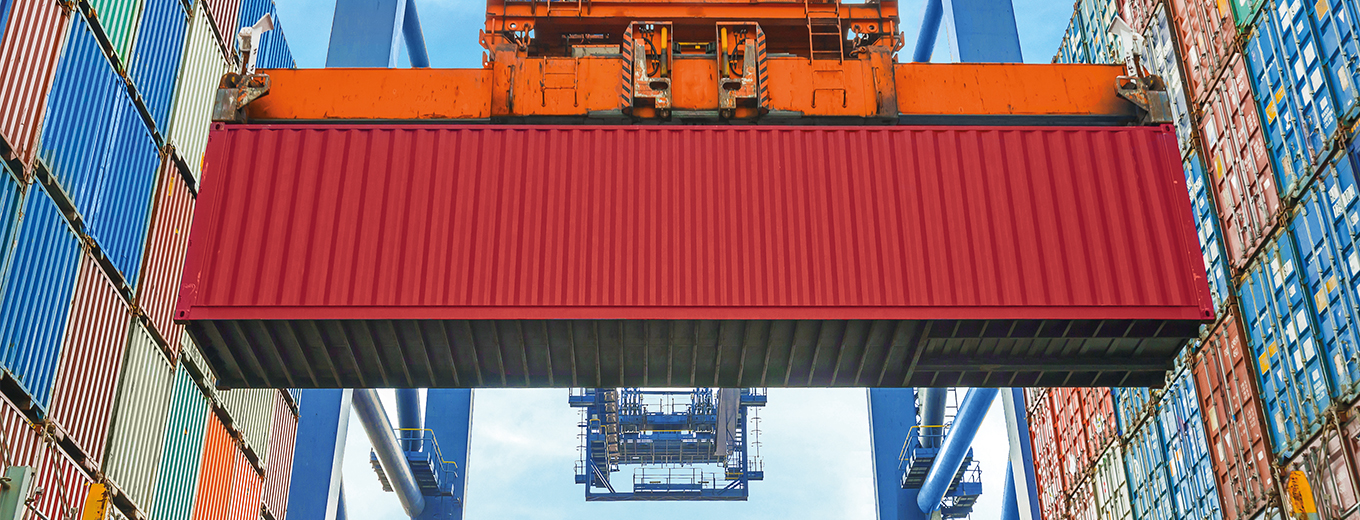Customers may insist on packing their own goods to help them reduce the overall cost of their move – but agreeing to this carries substantial risks for movers. Marie-Pascale Frix, FIDI Business Intelligence Manager, shares the best practices that will help minimise risk
Have you ever been contacted by a private customer, relocating overseas, who was worried about the costs of such a relocation and looking for a way to reduce the price? Did you face a situation where the customer asked to pack and/or load their household goods and personal effects on their own, in an effort to keep the costs down? Did you say ‘yes’ to the customer, wanting to show goodwill and cater to their requests? If the answer is ‘yes’, then read on…
Next time you are approached with such a request, take the following best practice into consideration to mitigate potential risks – which should not be underestimated. Consider the following case, based on a true story.
Case Study
Agent A is approached by a private customer for an intercontinental move. The customer has a tight budget and is looking for ways to keep costs down and under control and asks to pack and load their goods themselves. Agent A agrees, and the move proceeds accordingly.
The shipment is packed and loaded into the container by the customer at Agent A’s warehouse. The destination agent is appointed and the shipment is dispatched. At import customs clearance, the shipment is selected for inspection and confiscated by the police; it turns out the shipment contains substantial amounts of illicit substances.
You can easily imagine the shock that must have been for the origin and destination agents, and the problems they must have faced. The shipper was ultimately convicted of drug smuggling and the agents involved were cleared of any legal wrongdoing.
Best Practices
While this type of criminal activity is more frequent in commercial shipping, this real-life example shows that it also affects the household goods and personal effects market. This risk might be less probable in highly regulated countries, but it can still occur – even more so in less-regulated regions of the world.
While this article refers to packing and/or loading by customers, World Customs Organization (WCO) studies have shown that drug smuggling in containers in transit is on the rise, with, for example, the ‘rip-on/rip-off’ smuggling method – drugs loaded in dock area at origin and removed at destination by corrupt workers using duplicate seals to avoid obvious signs of tampering. Hence the need for removal companies to be aware of such risks in their own market and take relevant measures to mitigate them.
Some Tips
- Conduct a thorough (and documented) inspection of the container at origin and destination (See UNODC-WCO Container Control Programme)
- Avoid shipments packed by the owner (PBO) – discourage transferees and opting for this, because:
- You have no control over the items packed – what about restricted/prohibited goods, drug smuggling?
- Insurance does not apply to such shipments. In case of damages, you will face complaints from the transferee
- If you decide to accept PBO, always specify that any PBO cartons/items will be reopened by your packers, checked and re-packed.
- Avoid customers loading goods, because:
- Improper loading can lead to goods being damaged in transit. Customs may also examine your container if X-rays show improper or unprofessional loading, as that could be a sign of concealing unusual or illicit items. If the customs authorities conduct an intensive examination of the shipment, it may cause additional delays and considerable expenses for the transferee.
- If you are willing to accept customer loading, ensure a staff member from your company is always present to witness and oversee the loading.
- Do not accept cash payment – this is a sign that there is something wrong with the shipment and/or customer.
- Strengthen and/or implement the FAIM Standard relating to background checks (pre-employment screening):
- Demonstrate compliance with local rules
and regulations. - Define the type of background checks performed.
- Show consistency in procedures – that is, ensuring all background checks are conducted in the same way.
- Assure adequate protection of any information that is revealed to your company when conducting pre-employment screenings.
- Demonstrate compliance with local rules
More on FIDI best practice: If you are interested in learning more best practices for the international removal process, consult the FIDI PCGs on FIDINET.


